How British beef can take on the finest Kobe beef from Japan – and win
Japanese beef producers have a lot to teach us in Britain – but we're finally learning, says Agromones.
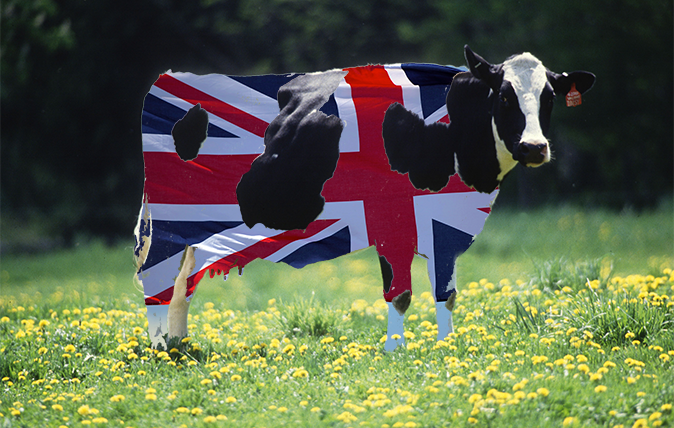

We British are wont to celebrate the ‘roast beef of old England’, but there’s no doubt that we’ve lost out to the Japanese whenever the seriously rich pick their steak. Kobe beef tops expensive menus the world over, yet few realise that it was first popularised by the English.
When, in the middle of the 19th century, the young Emperor Meiji lifted the ban on meat eating, it was the British Consul who wrote home commending the wagyu beef from the region round Kobe, commenting in particular upon the way the cattle were bred and reared. What’s more, it was British storekeepers who provided the beef for the foreign ships that increasingly called into Japan.
Until Japan opened up to the world, cattle had been prized as a beast of burden, pulling heavy wooden ploughs through the fields. For centuries, the Japanese were forbidden meat. Even during that time, Kobe was famous for its cattle and, once the market was opened up, it provided huge numbers of animals for the British victualling businesses.
Today, the Japanese understand just how special is their inheritance. A good steak restaurant in Tokyo or Kyoto will present the diner with a document laying out a family tree — not of the owner, but of the pedigree of the meat you are about to eat. The farm, the animal, its parents, and grandparents are carefully presented on a sheet given before you choose your cut. The restaurateurs know you’ve come for quality. You want to know where the beef comes from and that it is indeed what it claims to be.
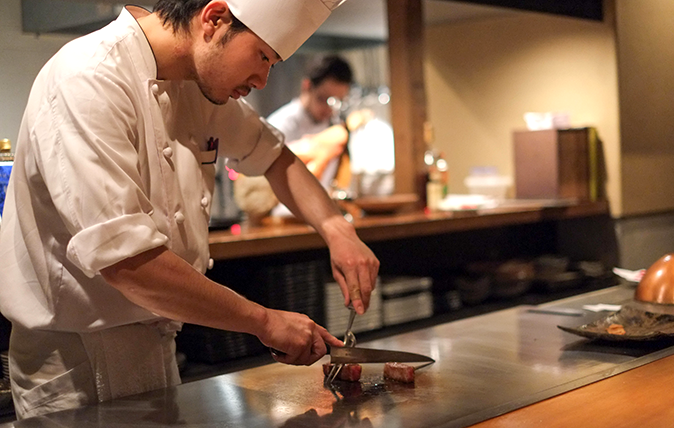
These are not the huge steaks that pass for quality in the USA, fattened you know not where and fed on you know not what. Instead, you get, at most, 5oz of utterly prime beef, from a known source and with a known history. Yes, it’s expensive, but it’s all anyone could reasonably want.
What a lot these Japanese producers have to teach us. We in Britain have too often sacrificed quality for quantity. By making beef a commodity, we have reduced its value and made it commonplace, not special. As a result, it’s not seen as special and doesn’t command a special price, so farmers have to produce more and more simply to make a living. That’s led to over-stocking and the industrialised farming that revolts so many.
It doesn’t have to be that way. Wagyu beef, naturally pastured and properly managed, commands five times the price of the average carcass. It can’t be called kobe, which now has a status akin to a French appellation controlée, but, it can, under the more general name wagyu, be produced by specialist farmers outside Japan.
Sign up for the Country Life Newsletter
Exquisite houses, the beauty of Nature, and how to get the most from your life, straight to your inbox.
Up to now, that’s meant Australia and the USA, but, at last, it’s come to Britain. Many years of patient husbandry have enabled Andrew Deacon’s business to reach full maturity. From his herd of 400 head in Suffolk, he supplies some of the best-known restaurants in the country. It’s meant investment, attention to detail and, above all, a commitment to quality.
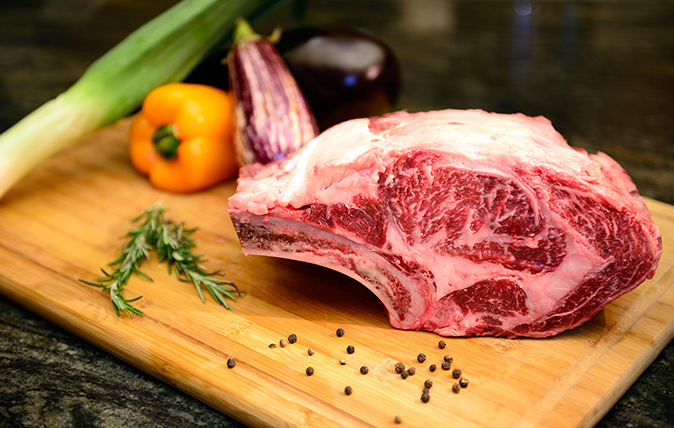
In a post-Brexit world, this is the kind of husbandry we will need if British agriculture isn’t to be decimated. We’re going to have to concentrate on quality not quantity.
It shouldn’t just be wagyu beef that commands a premium — the great British breeds should be receiving the same attention. Identifying the farm, the parentage and the feeding regime, asking for a price based on quality not size, reclaiming the world for the Aberdeen Angus and refusing to produce mere commodity meat: that’s the future for beef in Britain.
Agronomenes
Country Life is unlike any other magazine: the only glossy weekly on the newsstand and the only magazine that has been guest-edited by HRH The King not once, but twice. It is a celebration of modern rural life and all its diverse joys and pleasures — that was first published in Queen Victoria's Diamond Jubilee year. Our eclectic mixture of witty and informative content — from the most up-to-date property news and commentary and a coveted glimpse inside some of the UK's best houses and gardens, to gardening, the arts and interior design, written by experts in their field — still cannot be found in print or online, anywhere else.
-
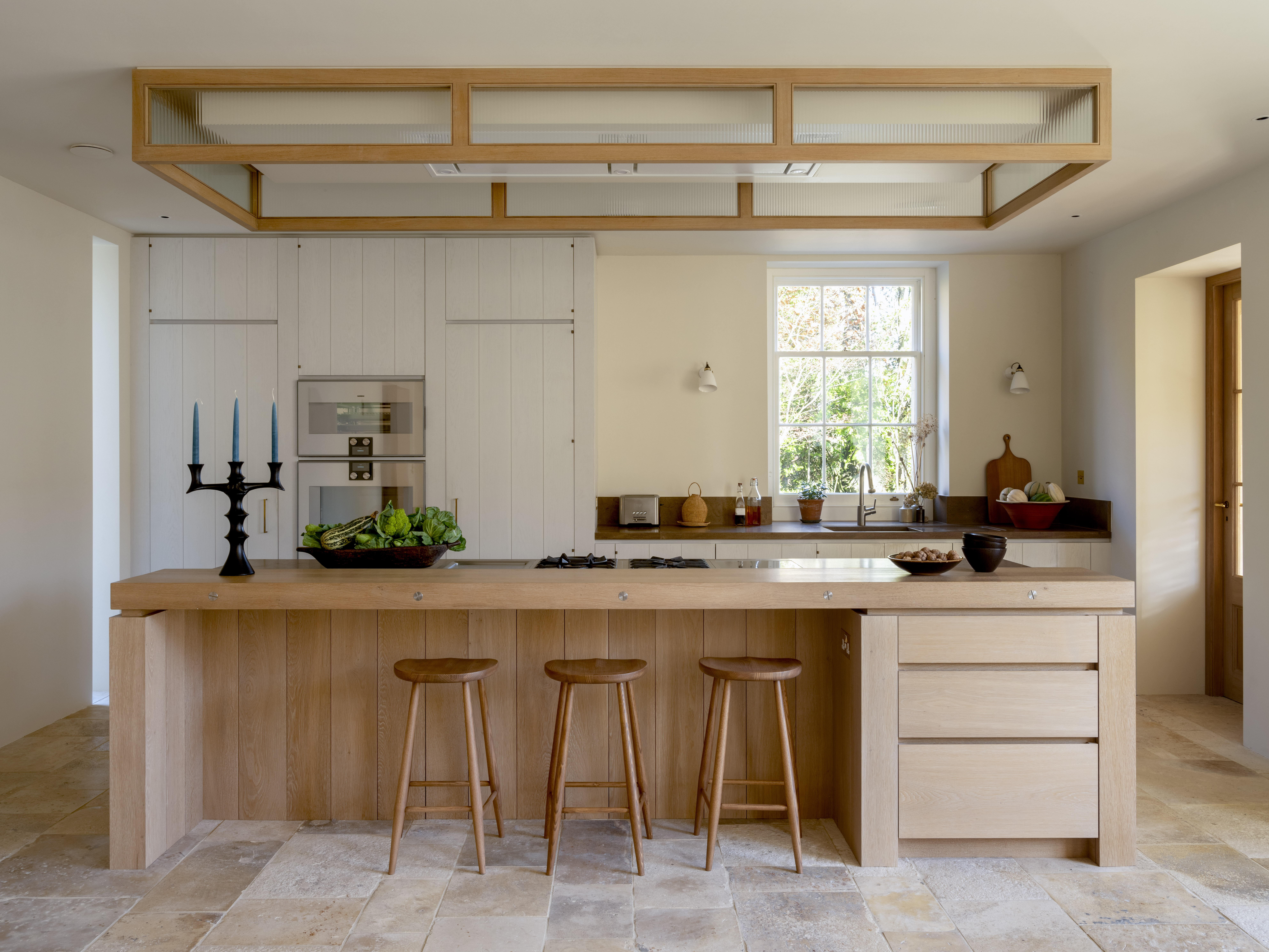 Designer's Room: A solid oak French kitchen that's been cleverly engineered to last
Designer's Room: A solid oak French kitchen that's been cleverly engineered to lastKitchen and joinery specialist Artichoke had several clever tricks to deal with the fact that natural wood expands and contracts.
By Amelia Thorpe
-
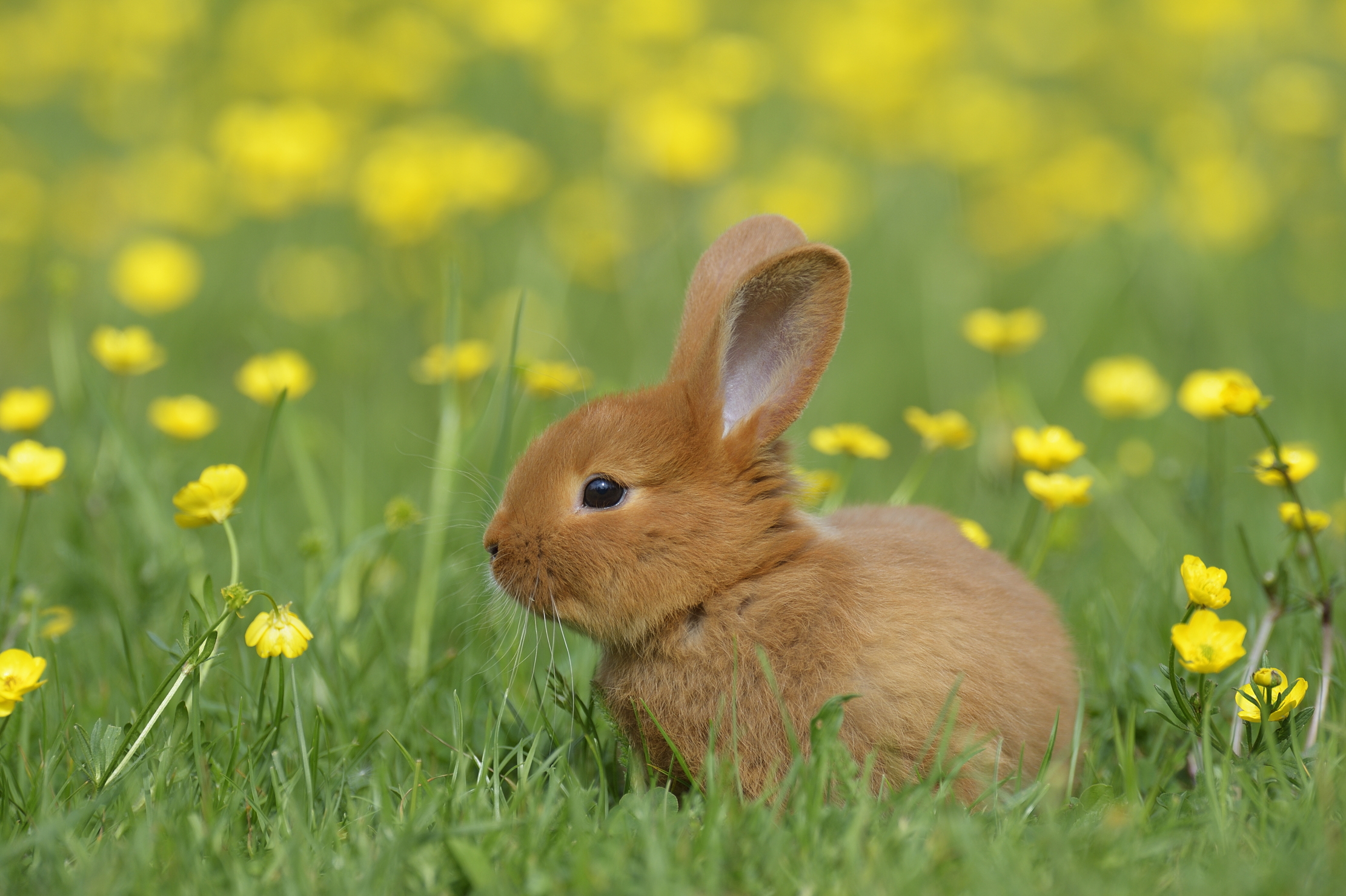 Chocolate eggs, bunnies and the Resurrection: Country Life Quiz of the Day, April 18, 2025
Chocolate eggs, bunnies and the Resurrection: Country Life Quiz of the Day, April 18, 2025Friday's quiz is an Easter special.
By James Fisher